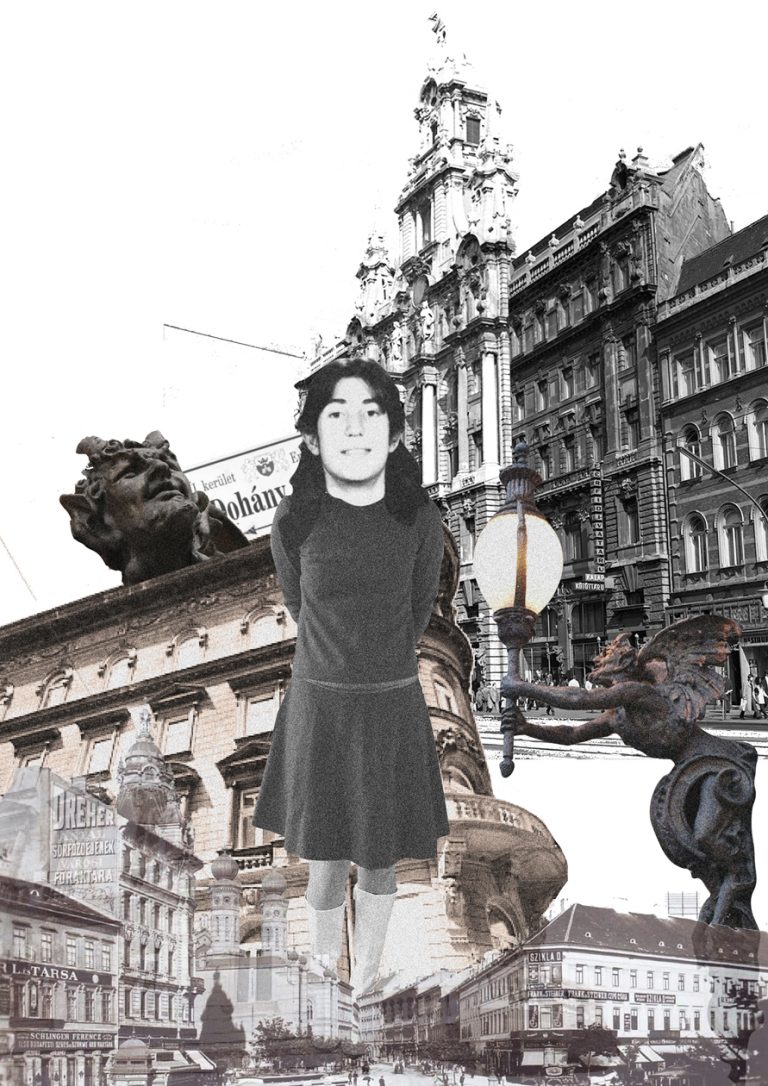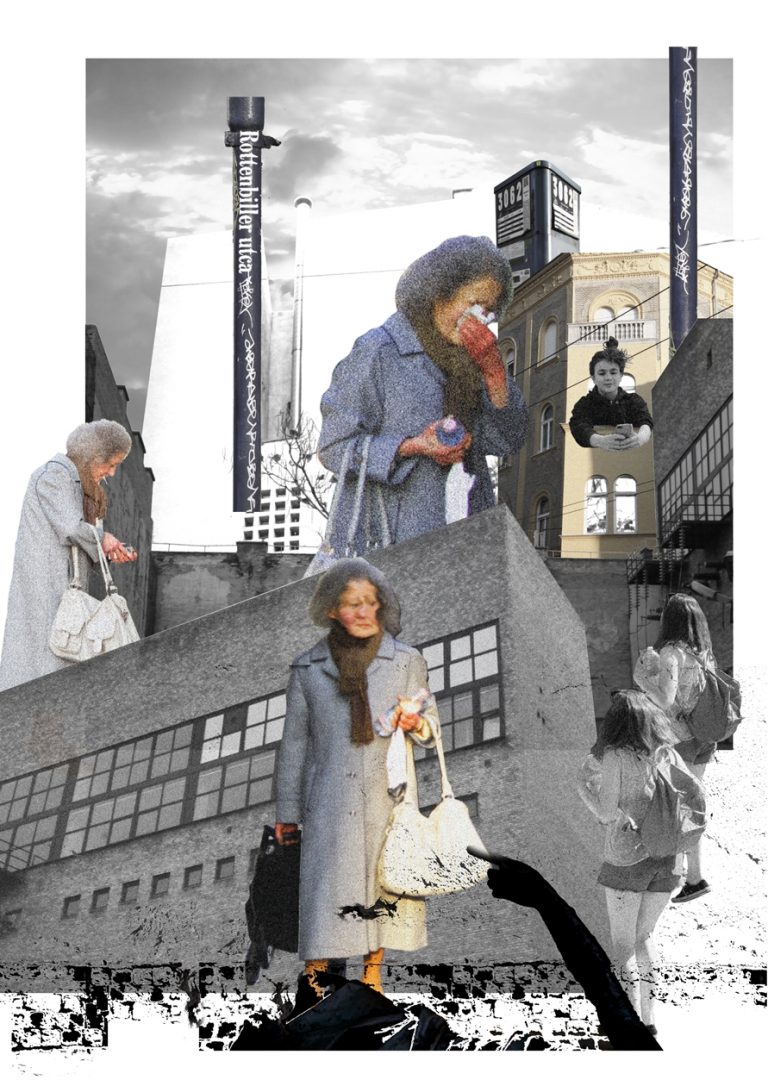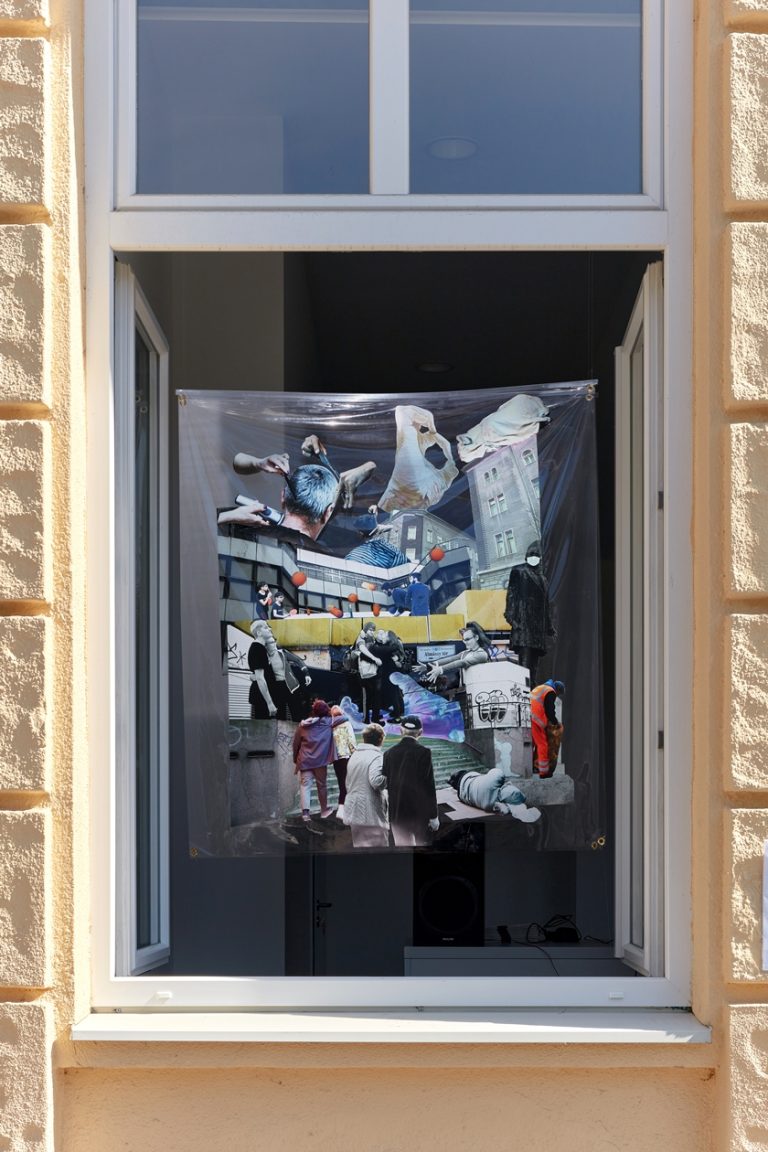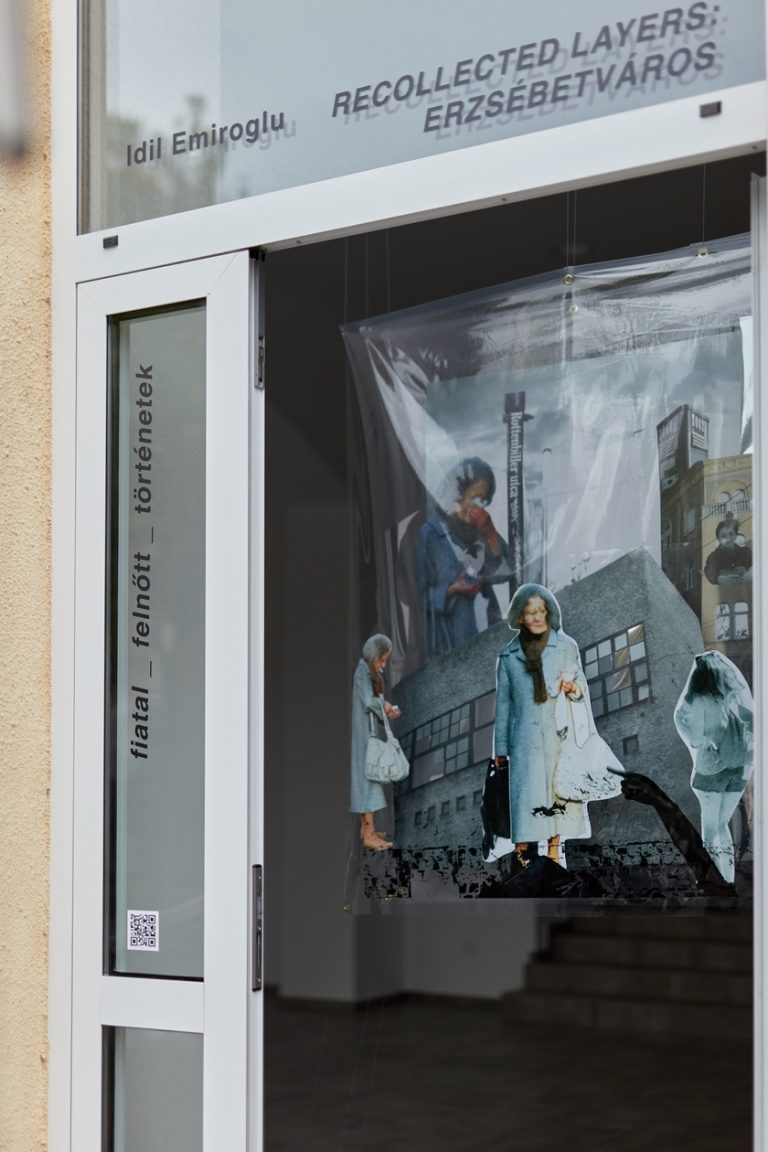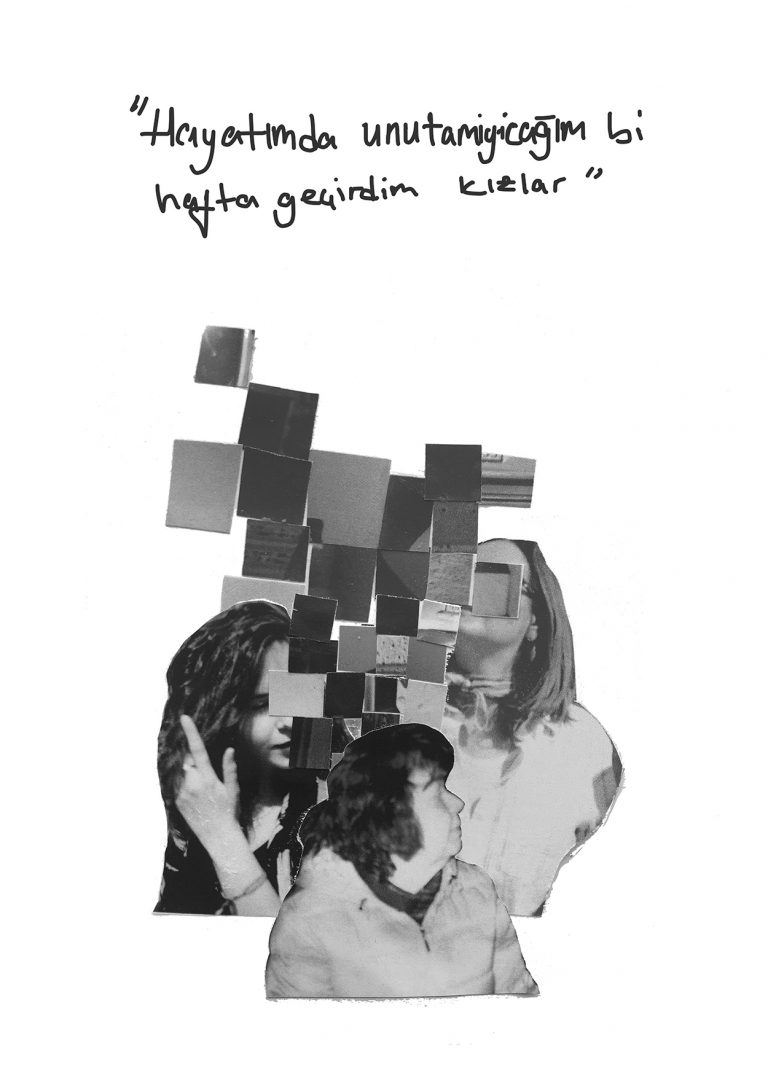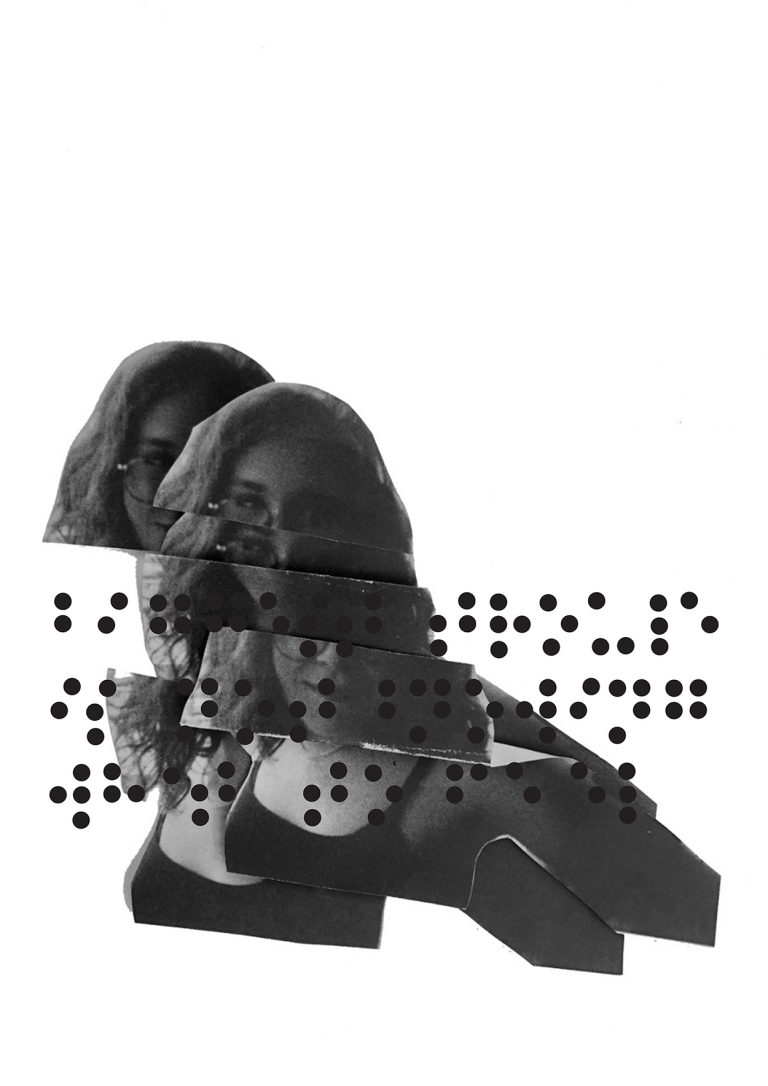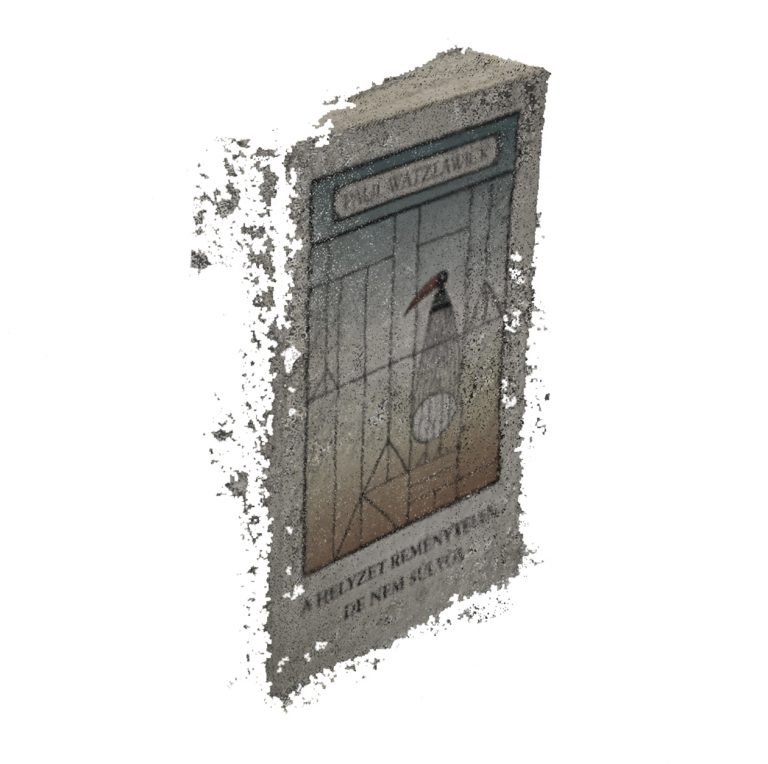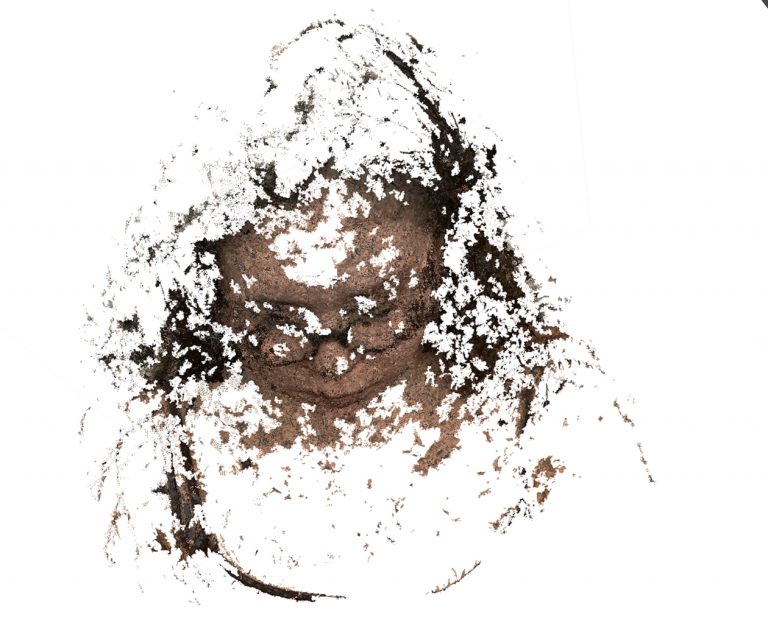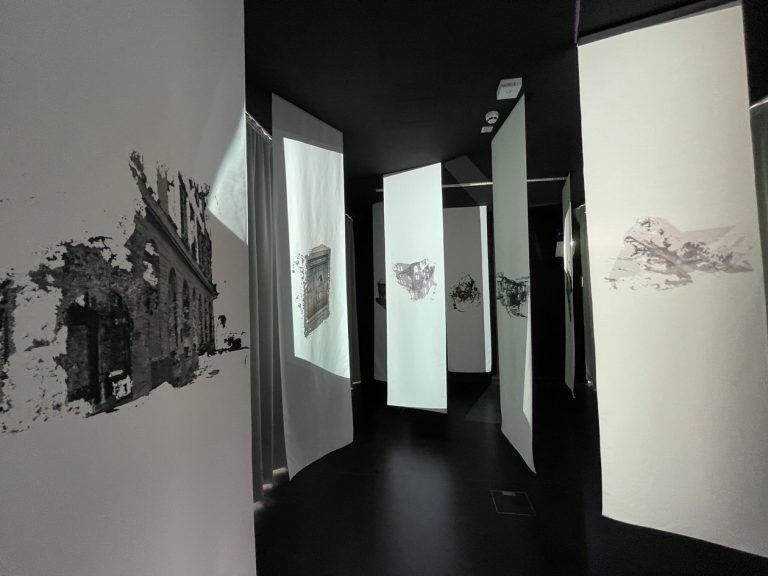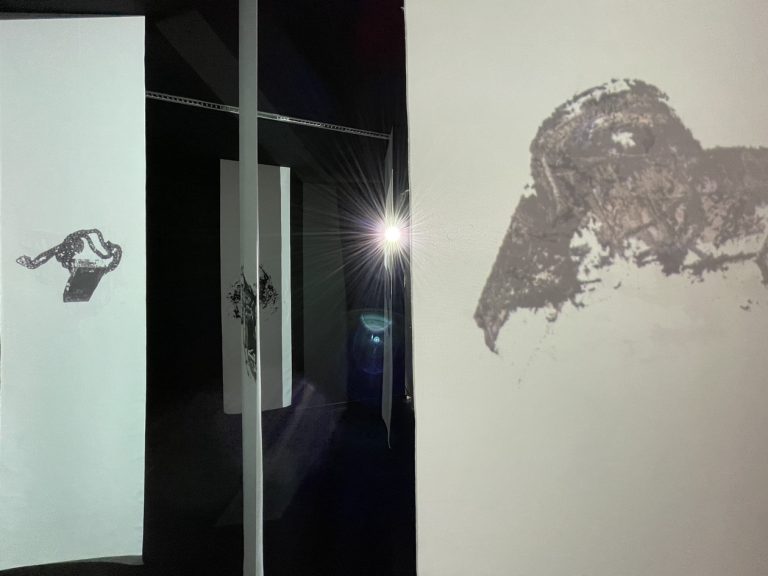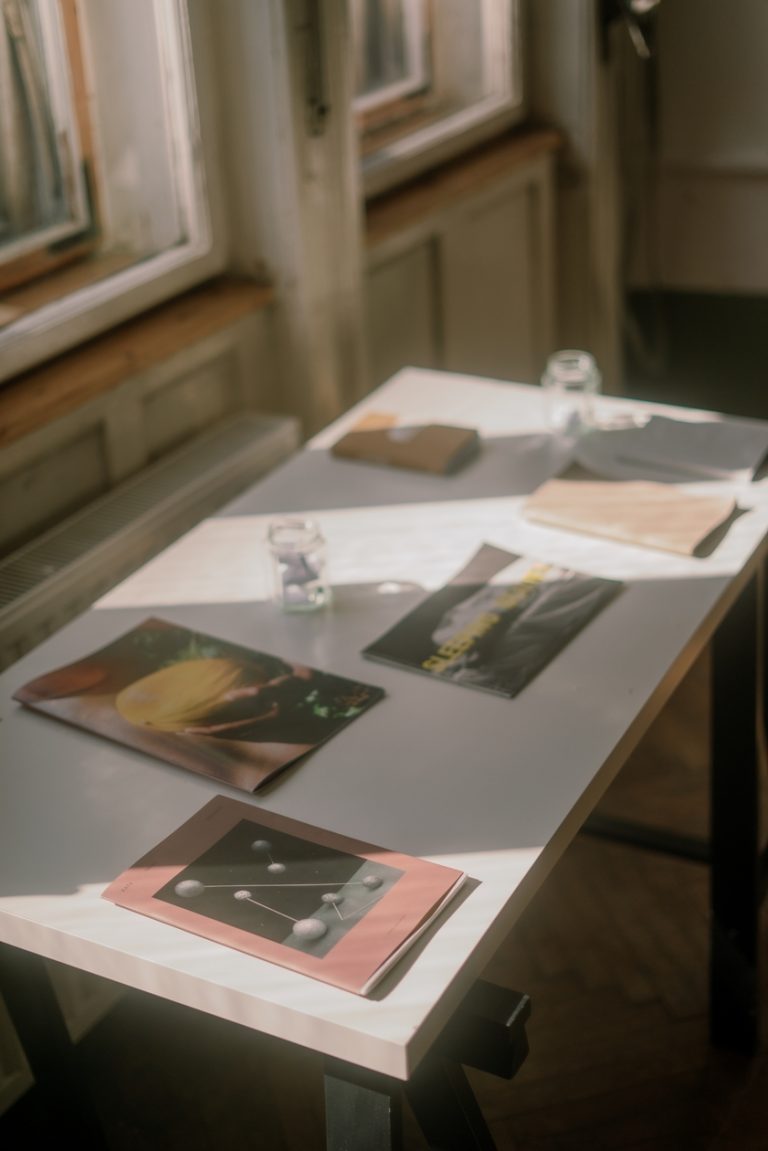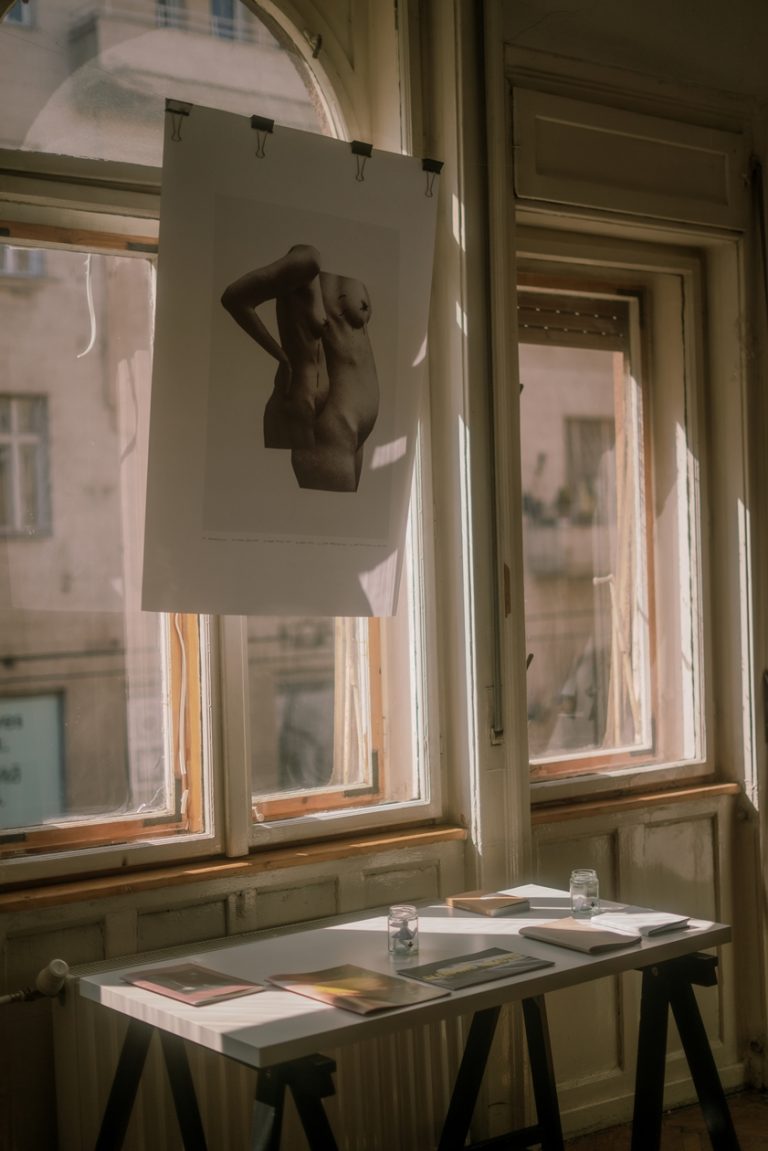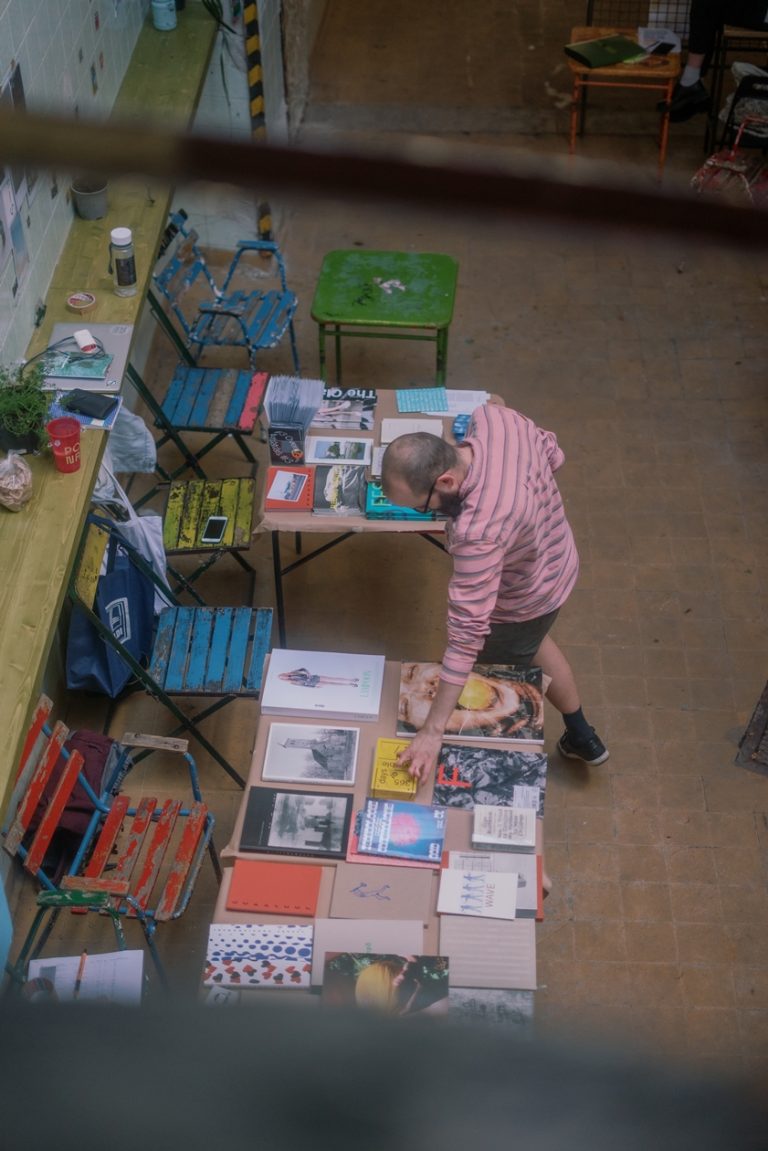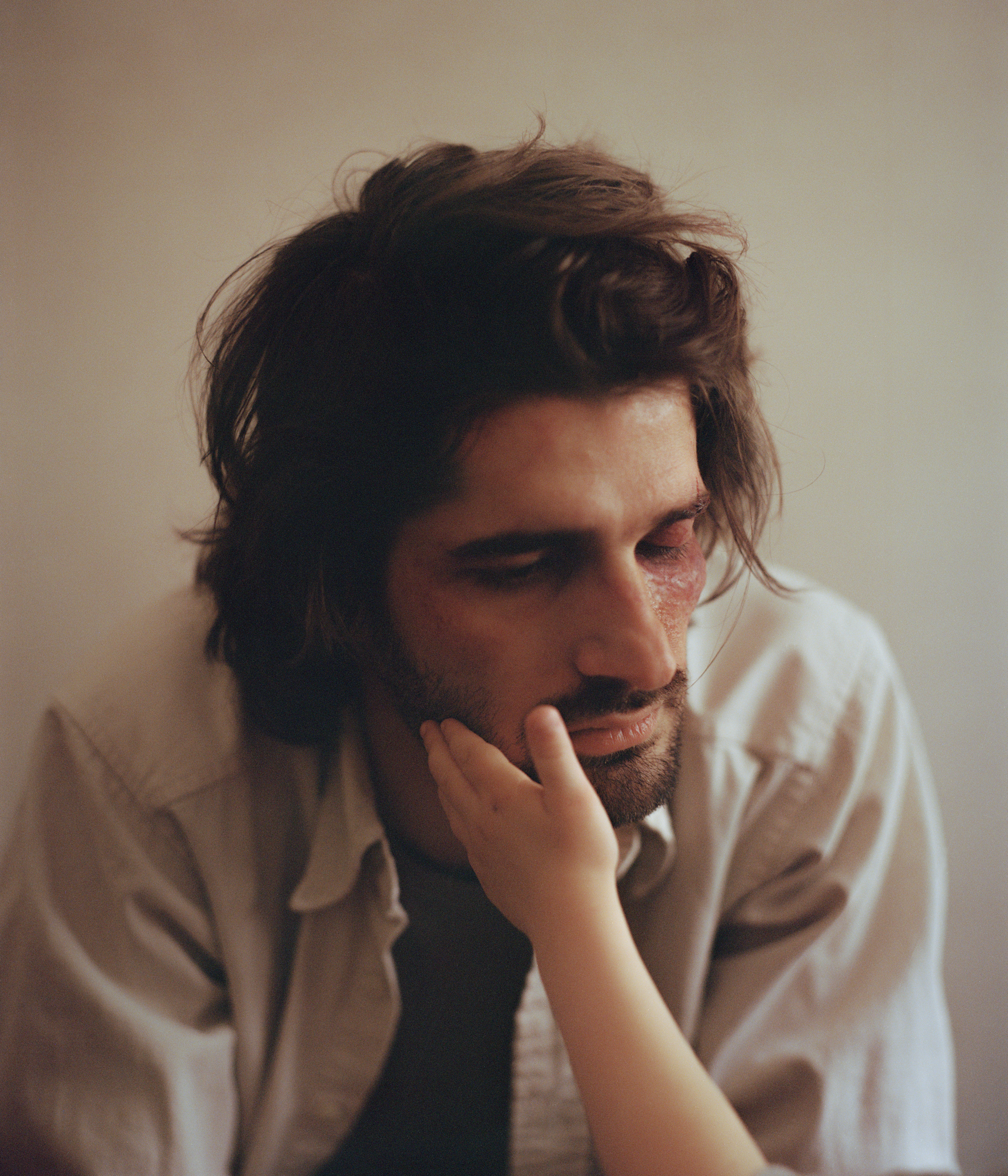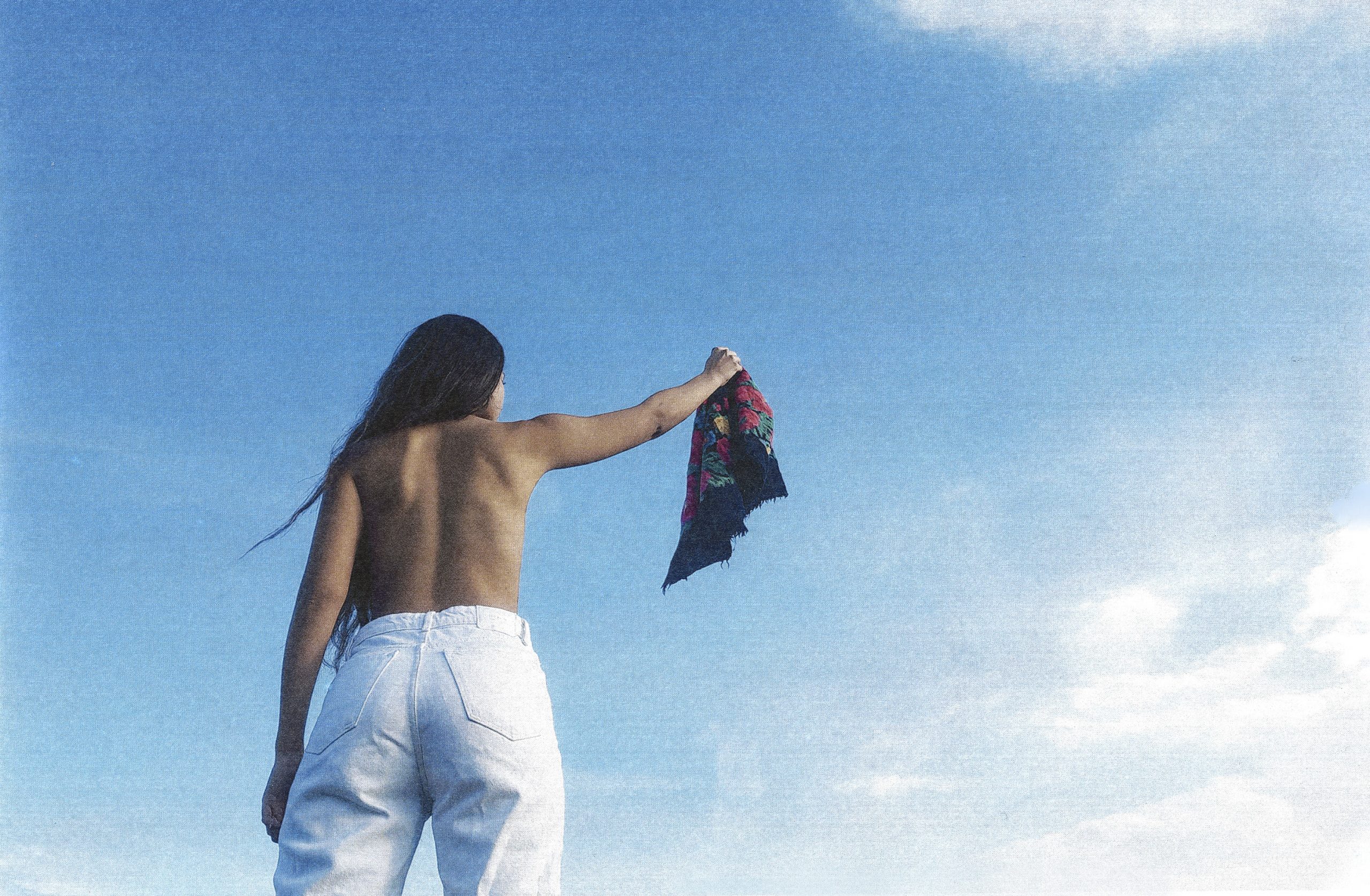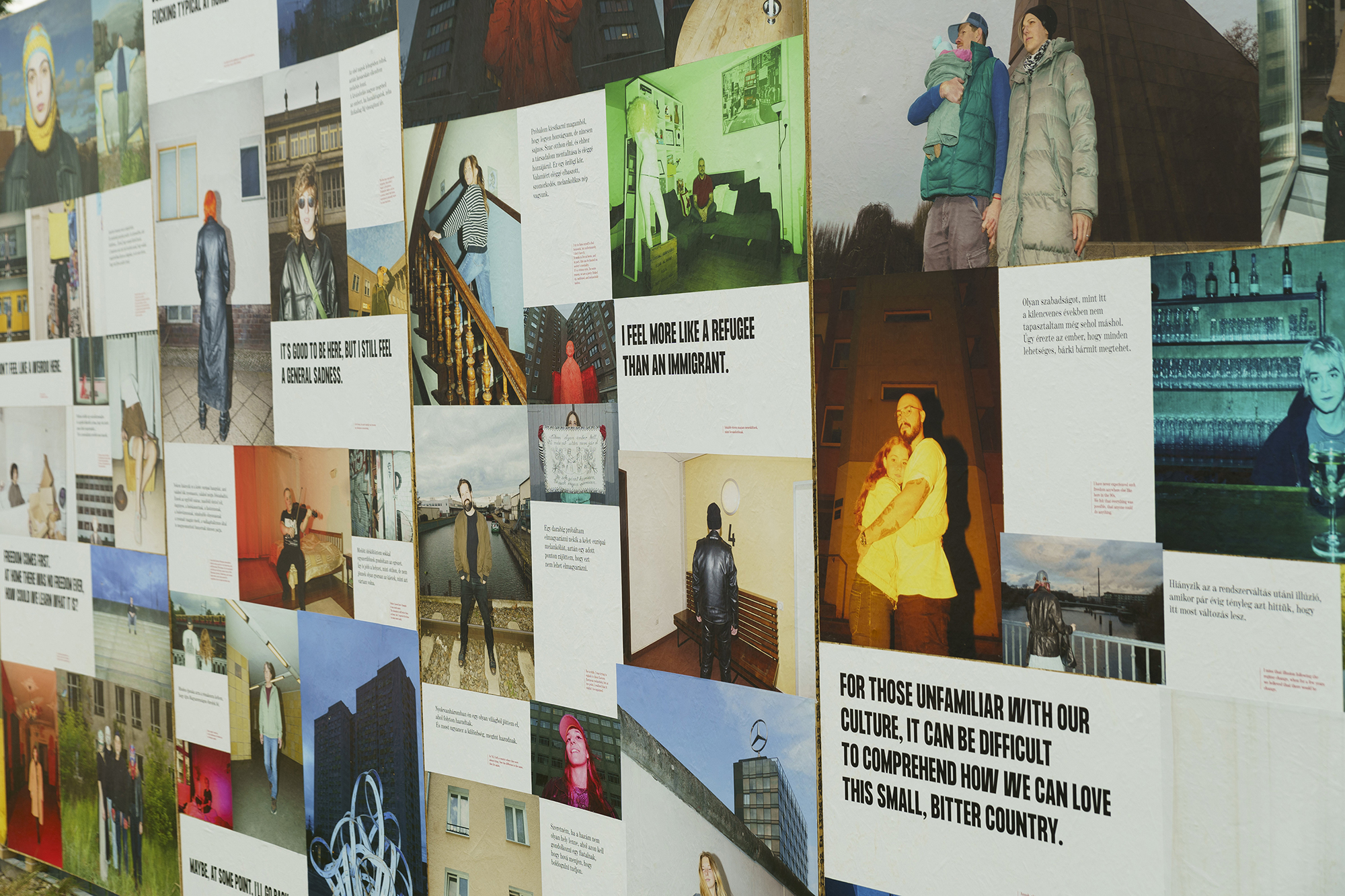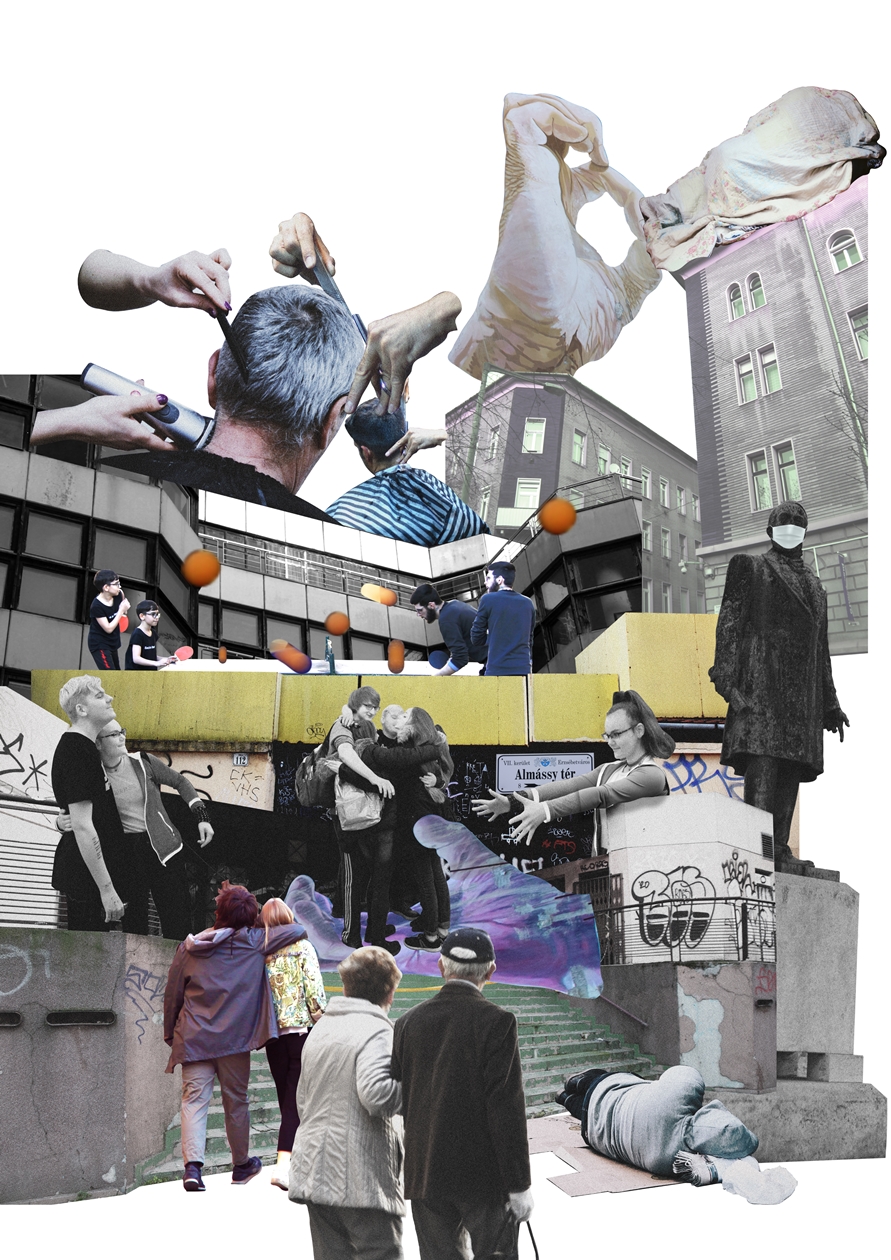
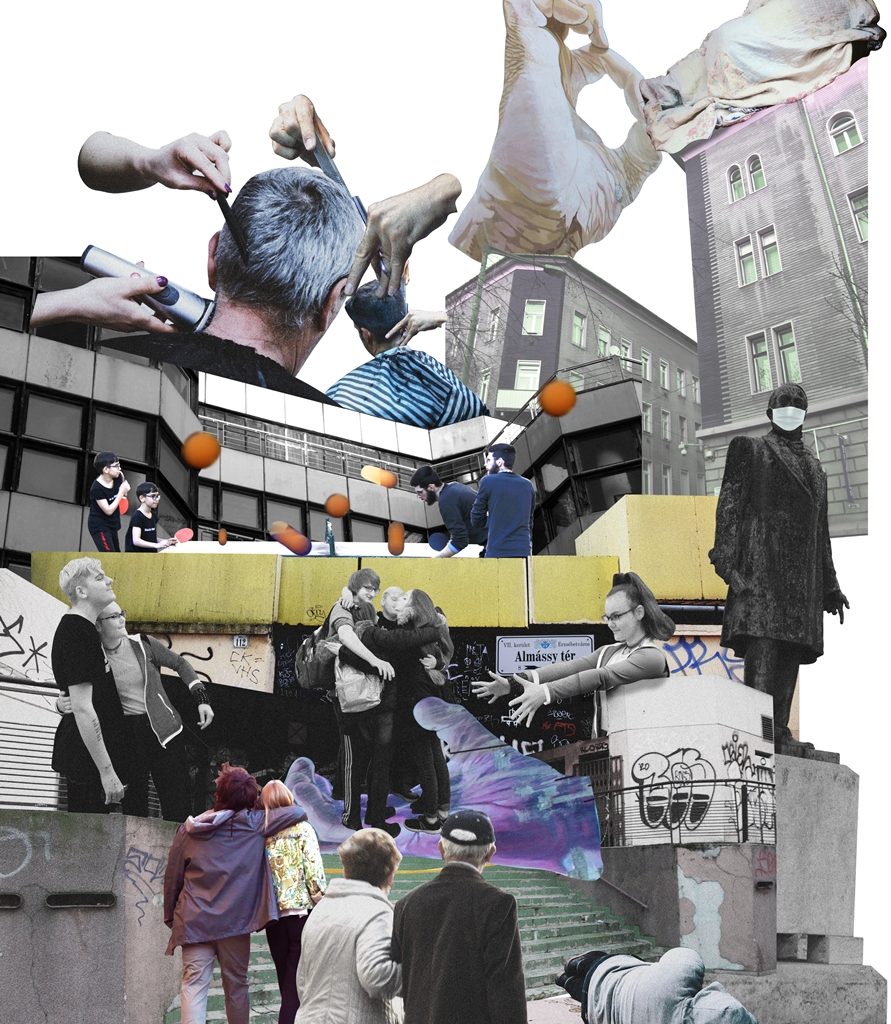
Layers of relating – Idil Emiroglu’s portfolio
Moving often represents a turning point in coming of age. Whether it’s a new apartment, a new city or a completely new country, you suddenly find yourself on your own and start discovering who you really want to be. Idil Emiroglu moved to Budapest in 2018 for her university studies, and her works seem to form a bridge between her past in Turkey and her life here, as it were.
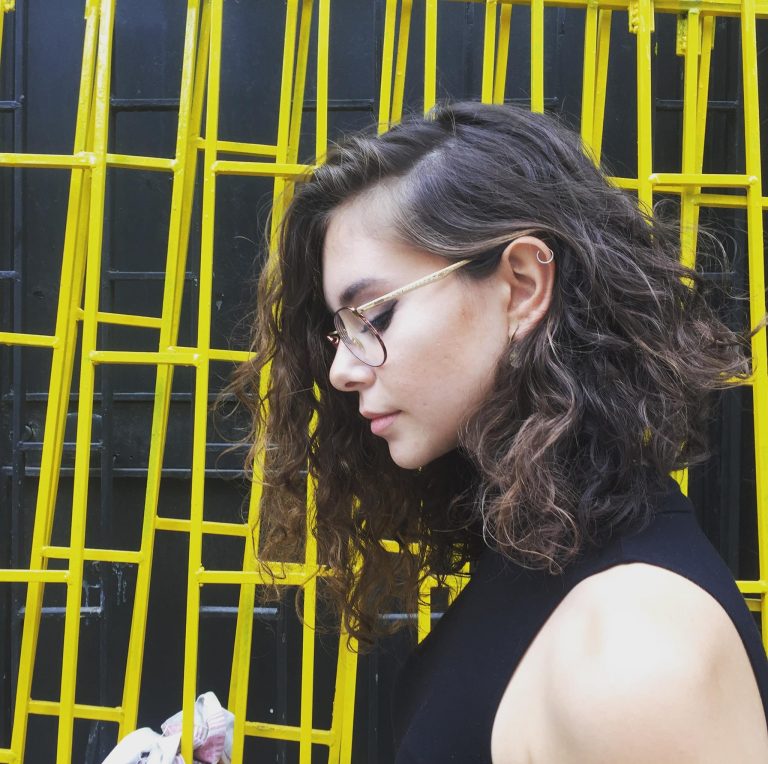
Idil previously studied graphic design, and created collages using drawing and painting. “Everyone has their own way of self-expression.Collage is what helps me tell a story visually.” She stumbled upon photography in the course of her constant experimentation with various materials. “First, I used photos that I found in magazines, newspapers, flyers and archives.” The next logical step was using her own pictures. With a toolset combining various media, she approached the subjects of collective and individual memory and inherited trauma sensitively.
Recollected Layers: Erzsébetváros
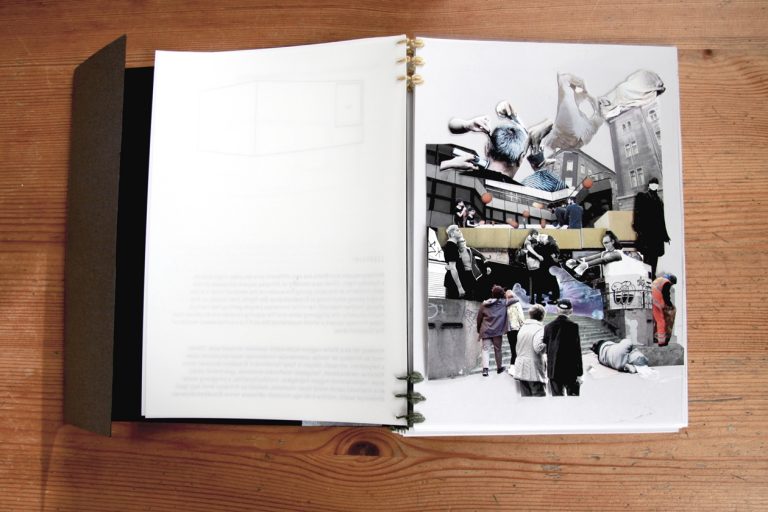
How can you relate to an unfamiliar culture? “Finding links to the culture that surrounds you is greatly challenging.At the same time, through your understanding of the language, the history and local communities, you become an observer, which gives you a completely different perspective and position within the community”, Idil said during the Budapest Photo Festival 2021 in relation to the Young Adult Stories project developed in collaboration between the municipality of the 7th district and MOME, that she previously worked on as a Photography MA student. Her series Recollected Layers: Erzsébetváros is structured around interviews made by Idil with young adults from Hungary and abroad living in the district about their memories of it. The layered, spatial collages assembled from photos give a glimpse into these stories, and at the same time, into Idil’s gesture for making contact.
Anamnesis: Respective
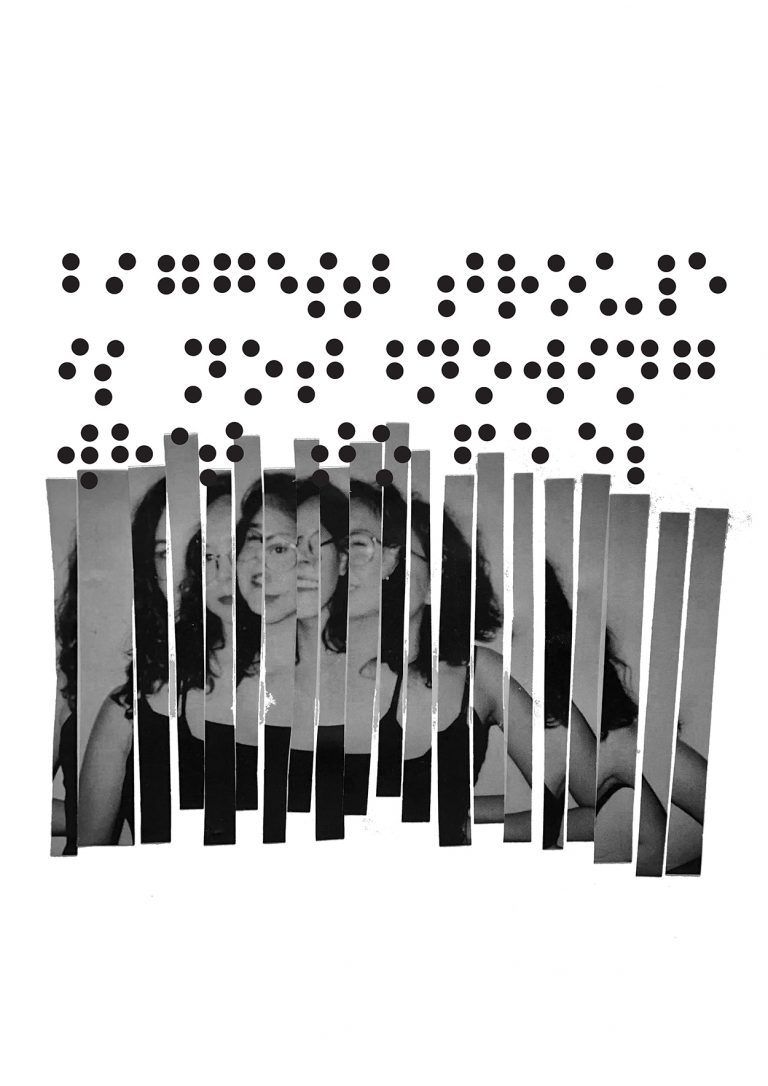
The focus is on women who are genuine survivors – women who drive cars, solve problems, raise their children alone. “I grew up with these women, away from my father.This is why I often questioned the role of women in the family.” How do we define ourselves as women with all the attitudes and traumas passed on by those who came before us? Her poster collage series Anamnesis: Respective is a deep dive into the complicated relationship Idil has with her mother and grandmother. “The purpose of the project was confrontation.Confronting myself and my past to create a better future for myself.Sadly, it wasn’t easy.“ And throughout this slow and difficult process we do not want to – or can – put everything into words. “This meant I needed a different alphabet from the conventional Latin one.Braille writing is three dimensional, and I decided to depict it printed on photos in two dimensional form, turning my sentences illegible.” Among the intertwined identity fragments of the family members and indecipherable confessions, the desire for understanding, processing and moving on is starting to take shape.
Residue

The curious condition of grief can completely change our perception of reality. Our loss can suddenly dislodge us from time: our world abruptly comes to a halt, while everything around us goes on like nothing happened. In her diploma work series documenting her own grief work, Idil looks at items, locations and people related to the person lost, as if they were residues of their existence. “I thought scanning was the best way to process the items and locations, since it is the technique used for digitalising and retaining various documents in the first place.” Like a scraped off sticker, the 3D scanned pictures of the cemetery, typewriter or corner of Kis Diófa street are shattered into tiny pieces. The photos of the series were printed or projected onto curtains arranged to form a maze, making it possible for the viewer to literally take a walk down this uncertain, winding “memory lane”.
izole
An important milestone in Idil’s creative career is the izole collective for organising gesamtkunst programmes. “You are constantly under stress even when going to exhibitions, concerts or workshops.Worrying about whether you’ll get there on time, what you should do afterwards and so on.It’s just not possible to set yourself apart from the everyday rush.The name and concept of izole reflects on this problem. Visitors can attend various programmes, concerts, exhibitions, workshops, and panel discussions during the events lasting several days, and experience all that in one location. Izole’s first event series will take place as part of the Art in Book Form fair and exhibition organised in Manyi in spring. The exhibition was curated by Idil, who makes no major distinction between artworks created by herself and developing an exhibition concept. “I think there are other ways for an artist to show their art than creating artworks, such as organising an exhibition, for example.It is all about sharing your thoughts with and reaching out to the audience.I believe creating artworks is not the only thing that makes an artist.”
While establishing links to Hungarian culture and communities through the creative process, Idil is constantly looking back to her home to understand who she is and what she has the potential to become. To be able to come to these realisations, you sometimes need distance. As she puts it, “When you analyse yourself through a certain subject, you can’t see the full picture because you’re right in the middle of the situation.In my experience, getting a little distance and becoming an external spectator can give you a completely new perspective.Not only does it place issues, feelings, memories and traumas into a completely different light, but it also helps you grow and change.”
// /
Idil Emiroglu graduated from the Photography MA of Moholy-Nagy University of Art and Design. The series Recollected Layers: Erzsébetváros and Residue were created under the guidance of Gábor Arion Kudász.
Idil’s website: www.idilemiroglu.com
You can follow the izole collective on Facebookand Instagram.
